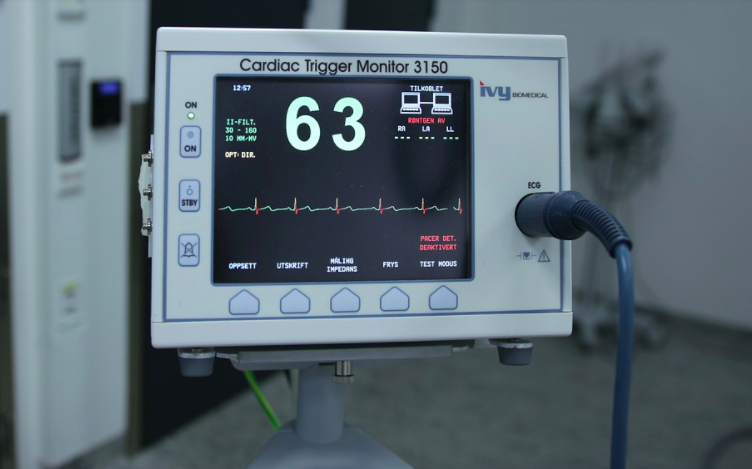Advantages and disadvantages of the apprenticeship model in nursing education

Historical Influences
Hospital administered nursing programs utilize the apprenticeship “on the job” model. These programs were the norm for nursing education in Canada up until the early 1990’s when all of the provinces, with the exception of Quebec, went to the professional model and implemented university provided, degree based programs. (Duncan, Scaia & Boschma, 2020). The apprenticeship model was desirable for hospital administrators as it provided a steady supply of student nurses who could attend to patient care (Bramadat & Chalmers, 1988, October). Shorter turn around for training (2-3 years for hospital based programs versus 4 years for university, professional programs ) was also deemed desirable for communities as it was seen as a way to deal with workforce demands (Duncan, Scaia & Boschma, 2020). This seemingly win – win situation lead to an increase in the number of hospital based programs in Canada from 200 in 1909, to 800 by 1930. (Bramadat & Chalmers, 1988, October). Unfortunately, the rapid proliferation in the number of training programs resulted in the lowering of admission standards and a reduction in faculty expertise. Without standardization, programs suffered from inadequate curricula and because of this “. . . being a ‘trained nurse’ might mean ‘anything, everything, or next to nothing’ “(Bramadat & Chalmers, 1988, October, p. 720).
Despite inadequacies in the hospital based programs and the availability of standardized university nursing degree programs, the apprenticeship model persisted through to the 1990’s as a way to meet continued labour demands. Additionally, health policies from the 1950’s -1960’s focused on the delivery of hospital based health care instead of community based health care programs. These policies, along with controlling influences exerted by the medical profession on nursing education, saw that hospital based skills were prioritized at the expense of university prepared RNs who were being trained to provide high quality community and home based care (Duncan, Scaia & Boschma, 2020).
Current influences
Hospital based programs that utilize the apprenticeship model are still being used for post-RN specialty training. The current nursing shortage is forcing nursing organizations, like the Oregon Center for Nursing to revisit this model as an innovative way to increase the supply of nurses.
Advantages of the apprenticeship model in nursing education
• Provides a consistent supply of nurses for hospitals.
• Nurses are job ready upon completion of their training.
• Trains nurses for a specific hospital setting (e.g., rural vs urban).
• Provides on demand specialized training for hospital based specialties.
• Provides training that supports the delivery of medical care in the hospital setting.
Disadvantages of the apprenticeship model in nursing education
• Lack of standardization of educational standards, trained faculty, curricula.
o Provincially run professional organizations like the BCCNM offer certifications but these are only for nurses that are functioning in autonomous practice (e.g. prescribing antibiotics in a STI clinic).
o Health authorities are taking on some of this training and are offering their own brand of specialty training (e.g. perinatal care, OR). Local hospitals are still providing this training as well.
• Does not provide education required for community and home care nurses.
• Focus on clinical skills may preclude education on nursing theory, critical and creative thinking, reflective practice.
• Influence of medical profession and hospital administration on curriculum may limit the voice that the hospital trained nurse has on health policy.
My takeaways on the apprenticeship model for nursing education
Due to ongoing and persistent demand for hospital based specialty trained RNs, the apprenticeship model for post-RNs continues to exist. Processes need to exist to ensure consistent standards, appropriately trained instructors and curriculum that develops critical and creative thinking, reflective practice.
References
Bramadat, I,J. & Chalmers, K.I., (1988, October). Nursing education in Canada: historical ‘Progress’ — contemporary issues. Journal of Advanced Nursing, 1989, 1 4 , 719-726.
Duncan, S. M., Scaia, M. R. & Boschma, G. (2020). “100 Years of University Nursing Education”: The Significance of a Baccalaureate Nursing Degree and Its Public Health Origins for Nursing Now.” Quality Advancement in Nursing Education – Avancées en formation infirmière: Vol. 6: Iss. 2, Article 8.
DOI: https://doi.org/10.17483/2368-6669.1248
